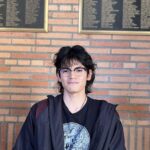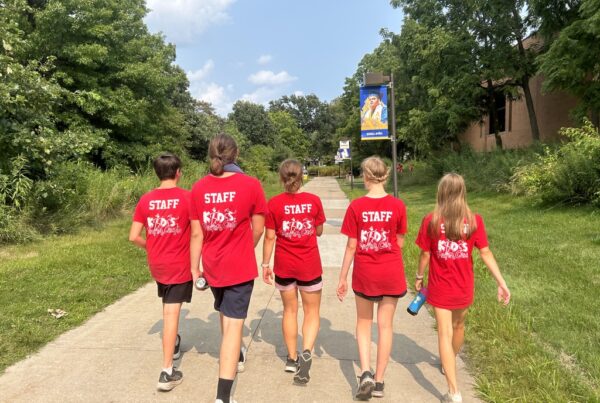This summer I interned at Subsea 7 as a structural engineering intern in Houston, Texas. Subsea 7 primarily is involved in the offshore engineering and construction industry in oil and gas with recent developments in harnessing offshore wind energy. While I had previous experience in oil and gas, this would be my first time working in structural engineering, which I became interested in after taking some of my courses in steel design. I was excited to explore structural engineering as a potential future career path.
In my courses, I learned about steel design for buildings, covering steel connections, frames, and seismic and wind load paths. Working at Subsea 7, which primarily deals with underwater structures allowed me the opportunity to apply my knowledge of statics and steel design in a new and challenging way.
During my internship, I was assigned lifting and rigging design problem sets. These problems pushed me to think critically and find simple and efficient solutions to engineering problems by enhancing my problem-solving skills.
One of my key responsibilities was updating a tool called Inventory 7, a database used among project teams to track equipment and locate projects. I ensured the database was current and had correct equipment information. As a part of this, I went to a site visit at one of the company bases to photograph equipment for Inventory 7. This visit gave me an insight into the scale of the equipment I had been updating in the database. Seeing the large spreader bards in person was quite fascinating as I had only viewed them on my screen as small pictures in Inventory 7!
Additionally, I performed clump weight calculations for crane testing, calculating the masses of assembled parts of equipment to determine which components could be removed for a safe and successful crane test. This task was crucial since it allowed project teams to get a better sense of the project budget and ensured project safety.
Finally, after speaking with my manager about further exploring steel design, I was tasked with getting some training in weld design through a course provided by a weld inspector and additional training. I was tasked with performing weld calculations, especially fillet weld calculations.
Lastly, after discussing my interest in further exploring steel design with my manager, I received training in weld design. I had the opportunity to perform weld calculations, particularly focusing on fillet welds, through a course provided by a weld inspector and additional training resources.
Overall, my experience was enriching because I gained a better understanding of what a day in the life of a structural engineer may look like.
I am looking forward to exploring structural engineering about steel design in my future career!















